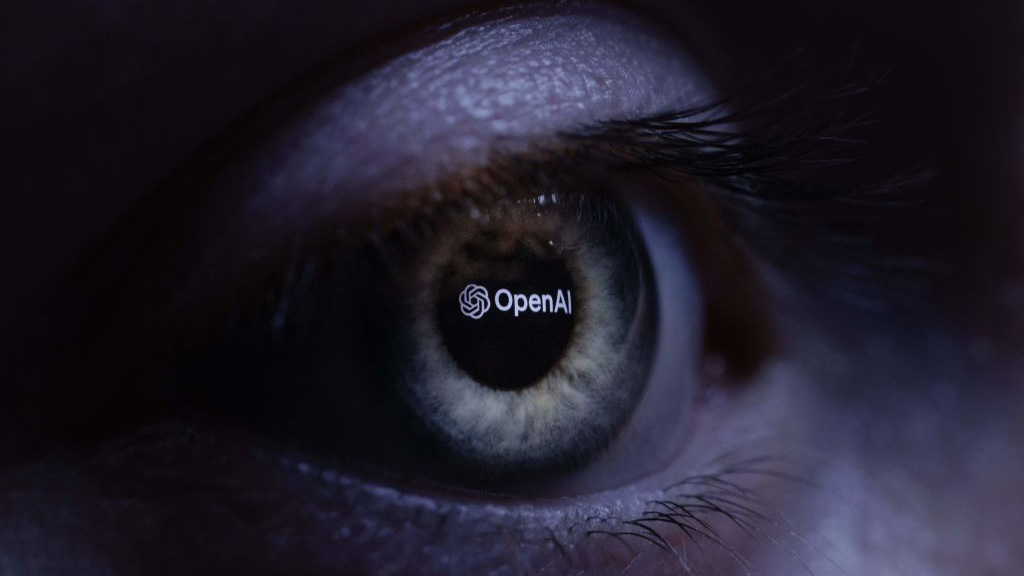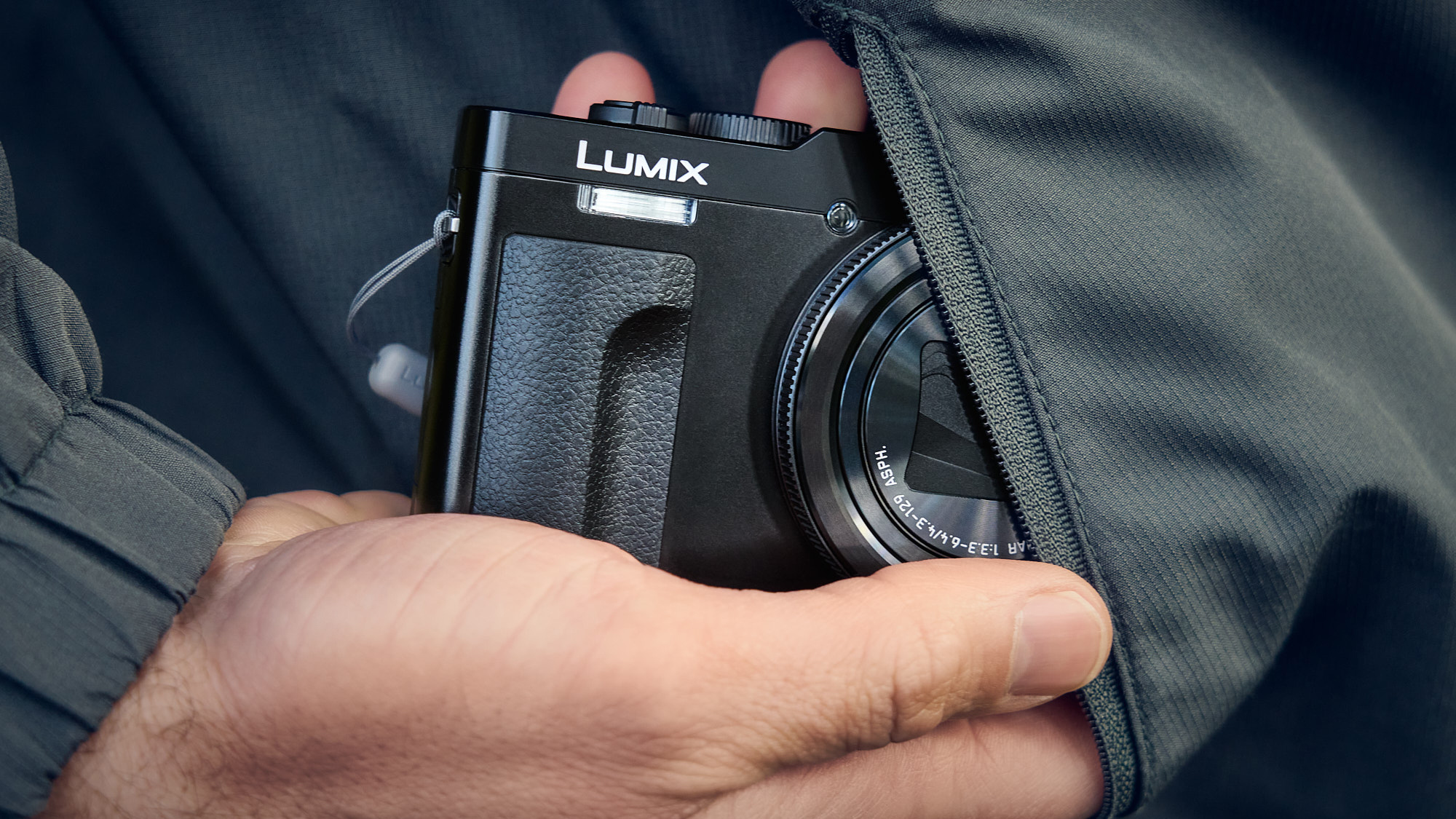AI can identify a photo’s location. I think this is a nightmare for wildlife photographers and conservationists
If AI can pinpoint a location from a single photo, it’s going to be harder than ever for photographers to safeguard hidden areas of natural beauty and wildlife subjects

I recently read an article regarding OpenAI’s ability to pinpoint a location from a single image with both amazement and terror. It immediately set me thinking about how this emerging technology could affect photography (for better or worse). The article, from Vox, uses a very standard-looking image of a beach as an example, and the AI cracks it. It's only going to get better with time.
Now, you might be thinking: Great! No more reverse-image searches, endlessly searching through comment sections, or direct messaging to find out where an image was taken. And outside of photography, there’s no denying that this could be a powerful tool – think what3words – for emergency services such as mountain rescue and the like. But, as is often the case with artificial intelligence, this is a subject that’s stickier than molasses mixed with tree sap. On the one hand, it’s a powerful time-saving – potentially even life-saving – technology. On the other hand, it’s an absolute nightmare for landscape and wildlife photographers hoping to safeguard sensitive subjects.
Think about it. Influencers and social media in general have already put an overwhelming strain on some beauty spots, and it’s not just locations that need protecting. Many wildlife photographers are notoriously secretive when it comes to their subjects. Not because they want to greedily hog all the photo opportunities, but because multiple photographers or revellers suddenly turning up can have a detrimental effect on the wildlife. Heck, some species have to be placed under 24-hour surveillance to deter poachers and egg collectors, and the like.
At the end of the day, AI-powered geopositioning will only make it harder to safeguard sensitive subject matter, be it a sleepy little hamlet, a wildflower meadow, or an animal with young. I do wonder if this could have a knock-on effect, with some photographers refusing to photograph (or, at the very least, publish online) certain locations and/or species. Perhaps wider environmental portraits of wildlife will have to make way for tighter compositions in a bid to fool AI.
That's just the start. I haven’t even touched upon the quagmire of privacy concerns that this throws up. Imagine an AI crawling your social media photos... Yet again, this is another example of an emerging AI technology that needs to be regulated before it’s too late.
You might also like...
Want more of my AI-related ramblings? AI-generated imagery poses a threat that isn't being talked about enough. Do you notice when you see AI-generated imagery? I saw a photographer’s work wrongly accused of being AI, why do we have to prove our innocence? Perhaps you want to give AI-imagery a go – here are the best AI image generators.
The best camera deals, reviews, product advice, and unmissable photography news, direct to your inbox!

Mike studied photography at college, honing his Adobe Photoshop skills and learning to work in the studio and darkroom. After a few years writing for various publications, he headed to the ‘Big Smoke’ to work on Wex Photo Video’s award-winning content team, before transitioning back to print as Technique Editor (later Deputy Editor) on N-Photo: The Nikon Magazine.
With bylines in Digital Camera, PhotoPlus: The Canon Magazine, Practical Photography, Digital Photographer, iMore, and TechRadar, he’s a fountain of photography and consumer tech knowledge, making him a top tutor for techniques on cameras, lenses, tripods, filters, and more. His expertise extends to everything from portraits and landscapes to abstracts and architecture to wildlife and, yes, fast things going around race tracks...
You must confirm your public display name before commenting
Please logout and then login again, you will then be prompted to enter your display name.
